This publication meets the EPUB Accessibility requirements, and it also meets the Web Content Accessibility Guidelines (WCAG-2.0 AA). It is screen-reader-friendly and accessible to persons with disabilities. This book contains various accessibility features such as alternative text for images, table of contents, landmarks, reading order, page list, structural navigation, and semantic structure. Blank pages have been removed from this EPUB. For further information or questions contact [email protected].
Conformance: EPUB Accessibility Compliant | WCAG 2.0 AA Compliant
Screen Reader Compatibility: Designed for optimal screen reader experience. Accessible to persons with disabilities.
Content Enhancements:
Alternative Text for Images: Descriptive text provided for all images, ensuring visual content is accessible.
Table of Contents: Easy navigation through a structured table of contents.
Landmarks: Clearly defined landmarks for quick navigation to key sections.
Reading Order: Logical and consistent reading order for sequential content consumption.
Page List: Accurate page list for physical page referencing.
Structural Navigation: Clear hierarchical structure for easy content traversal.
Semantic Structure: Use of appropriate semantic markup for content clarity and meaning.
Optimization:
Blank Page Removal: Unnecessary blank pages have been eliminated for a streamlined experience.


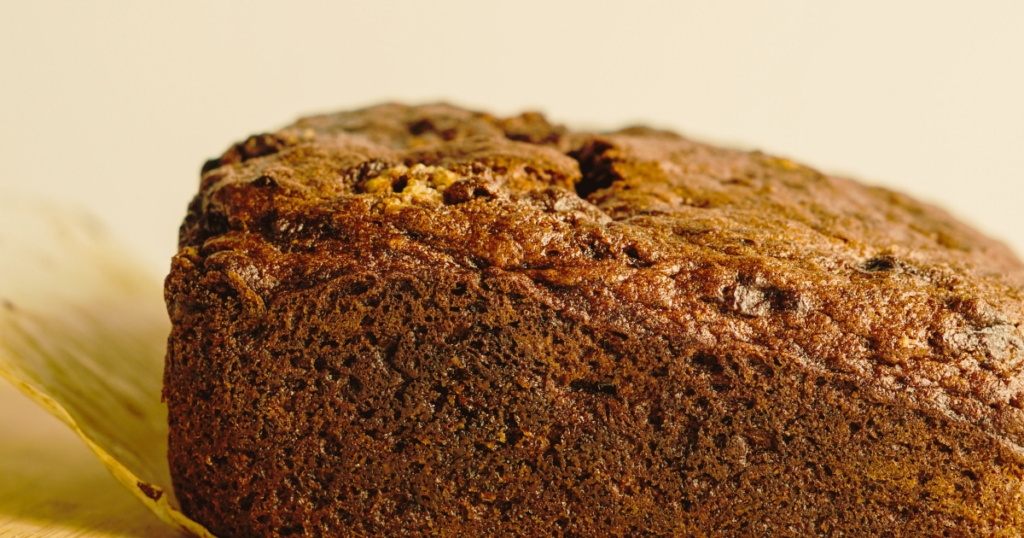
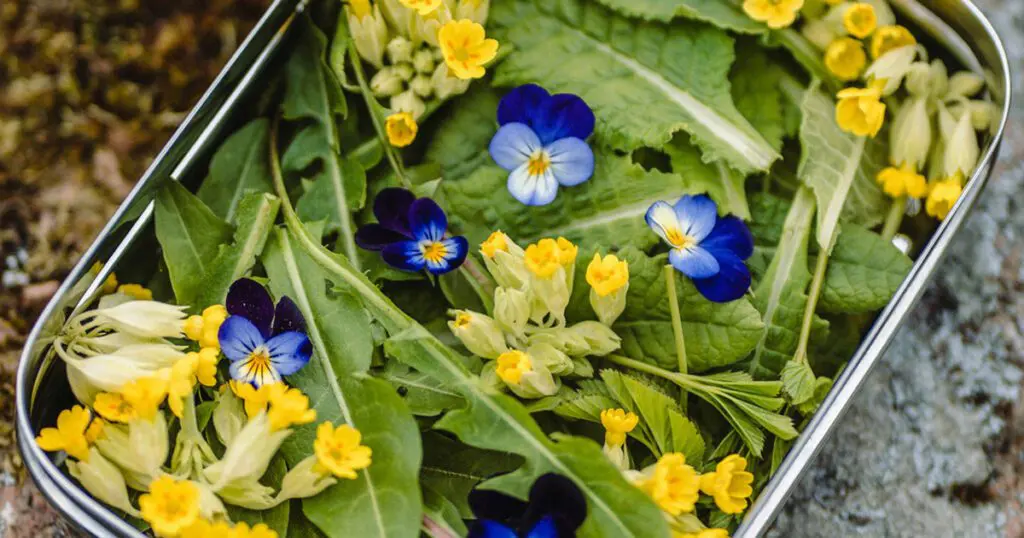
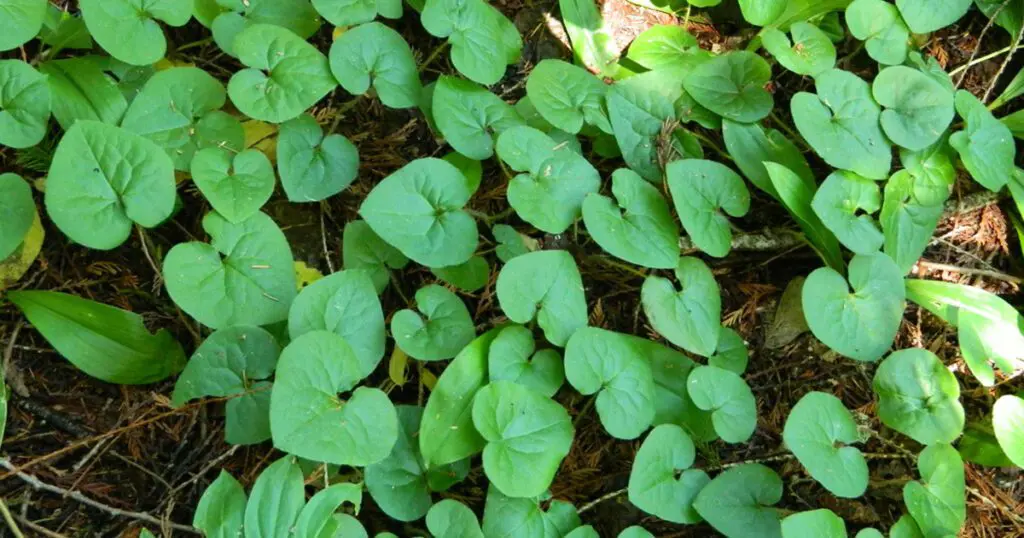
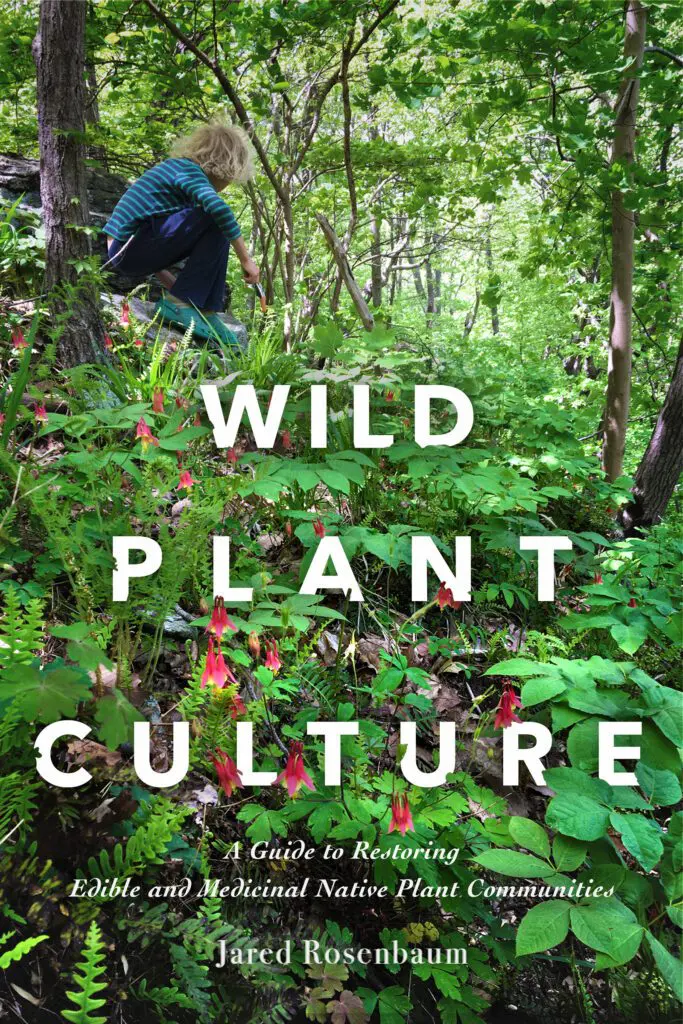


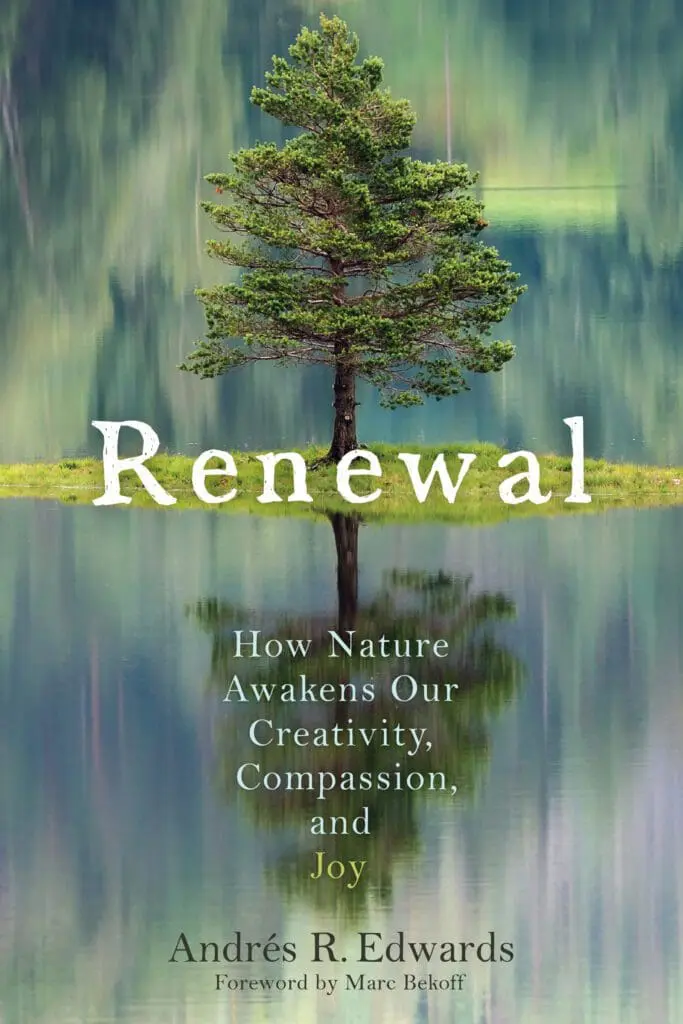
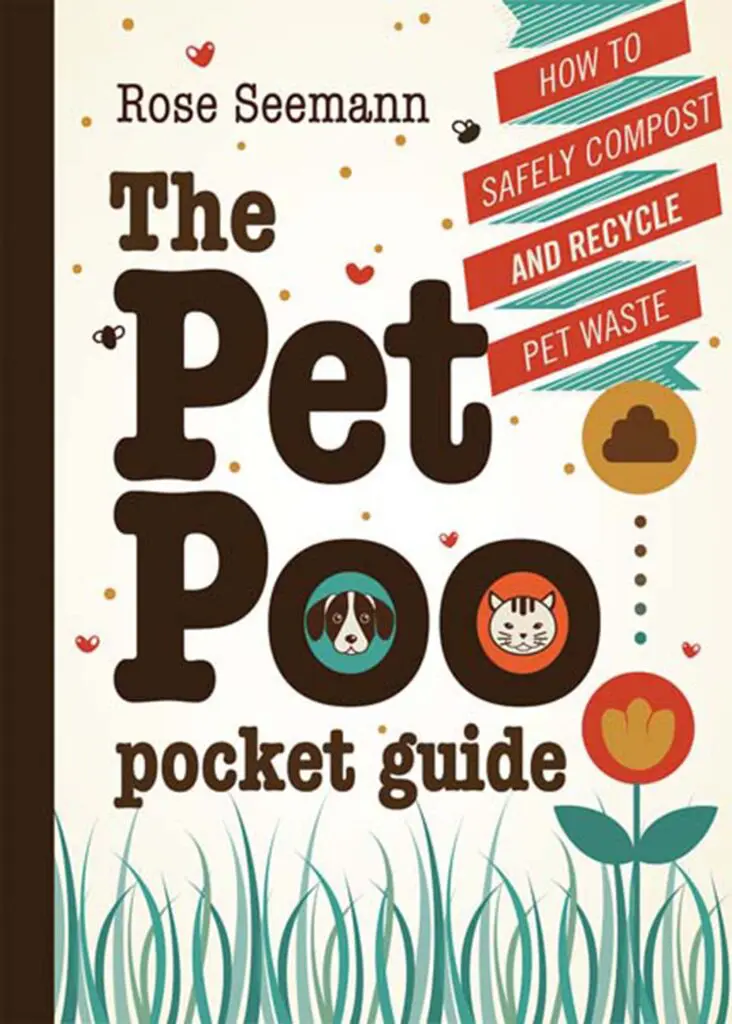
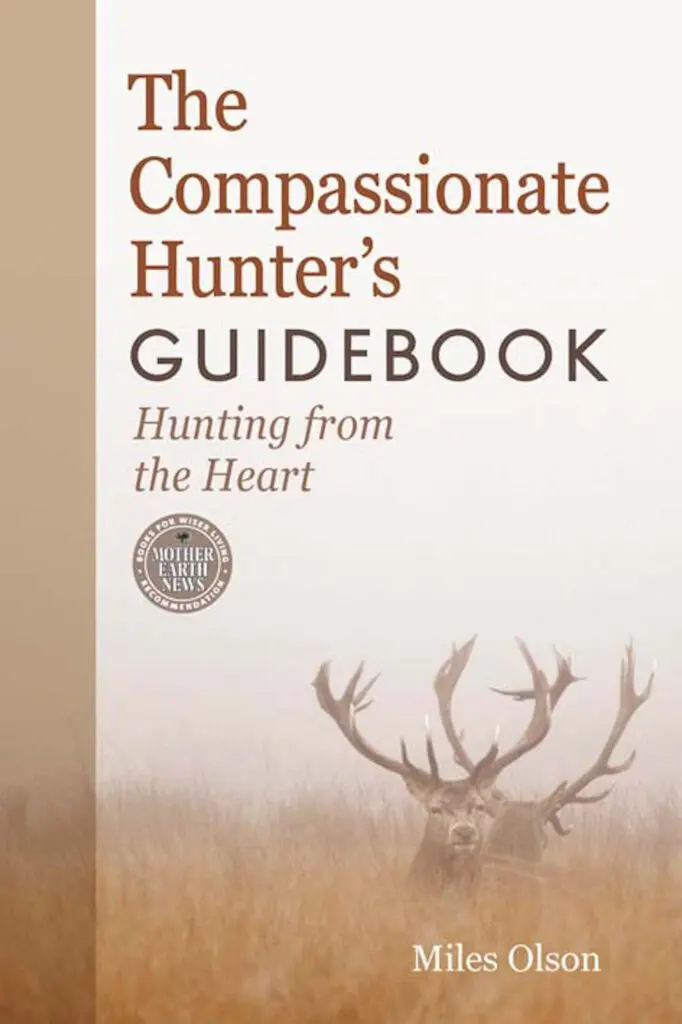
Theresa O’Connell –
I received this as an ARC from New Society Publishers. Thank you.
The writer of this book focused on plants that were found on her foraging trips in Pacific Northwestern Canada. Many of the species and different cultivars can be found throughout the world. So this book can be used in many different places.
At the end of the author’s personal expirence with each of the plants, there is a section of plant lookalikes that have a similar purpose, and ones that can be toxic and deadly. There are also caution boxes throughout the text with important information and warnings about the plants.
I enjoyed that the author focused on First Nations, and the important things she learned from elders and other members of the Nations. As an extra bonus, the author mentioned the Sami People and some of their usage of plants.
This book is a good introduction to foraging. And is reasserts the main rules of foraging, if you don’t know what it is leave it alone. If you want to know what it is, ask someone who has the skills to identify it properly. They will gladly teach you. And most of all don’t take too much.
Juanita Wierzba –
For a long time, I have been interested in wild food identification – and given what should be everybody’s food security and food nutrition integrity as we see in commercial food production – I believe it is so important to be able to identify what is and isn’t edible to humans in our wild surroundings.
I was thrilled to receive this book – Foraging as a way of life, written by Mikaela Cannon and published by New Society Press.
This book offers a wealth of information on not only edible wild food but also medicinal and practical plants that can be used by human beings in the same way that first people groups were able to with their intrinsic knowledge of the botanical world.
Though written clearly for the region that Mikaela has lived and worked in, there are many plants that we are able to find here in my home country of South Africa.
The book is divided into handy seasonal sections and just by paging through the book you can see how Mikaela has meticulously studied and documented every aspect of each plant profile’s practical, edible or medicinal benefits.
This is a foraging handbook par excellence and one that will get very dog-eared with continued reference for food foragers and nature lovers alike.
Rachel –
I’ve read a lot of foraging books over the last 15 years, and I found Foraging as a Way of Life to be the most balanced in terms of research, history, and the author’s personal experience with the plants included in the book. In addition to the more standard scientific descriptions to identify plants, there are also user-friendly descriptions (e.g. “looks like a miniature daffodil”) that are easy to learn and remember. The photographs to aid with identification are both beautiful and helpful (and honestly, they make me want to get outside and look more closely at the plants around me!). Despite owning multiple books on edible and medicinal plants, I learned a lot of new and useful information in this book, even on edibles as commonly written about as dandelions. I appreciated the author’s evident curiosity about plants, her respect for them, and her humility and honesty about what she knows and what she is still learning. I also appreciate that when she includes a preparation method or a recipe, she is not just repeating information from other sources—she uses and consumes these plants in her own home, with her own family.